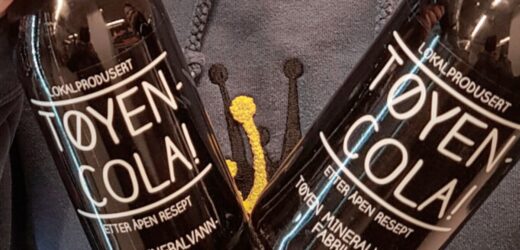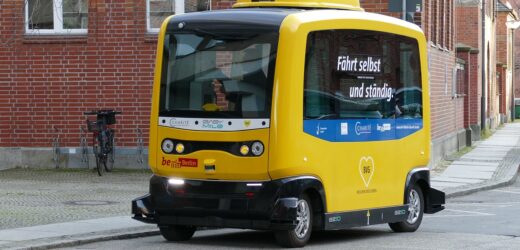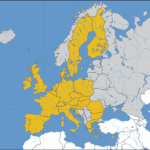Did you know that Lidl is no longer in Norway? What happened to Lidl in Norway? Read all about their time in Norway and how one of the world’s biggest grocery store chains failed in Norway!
Lidl came to Norway back in 2004, but they sold everything to the competitor supermarket chain Rema 1000 in 2008 and lost the battle against the Norwegian grocery stores... Why? How?…
In this article about Lidl, I want to enlighten you all about what happened to them and also inform you about why it is so difficult for foreign companies to settle down in Norway.
Let’s spread some Lidl info first, before we explain why Lidl is no more here
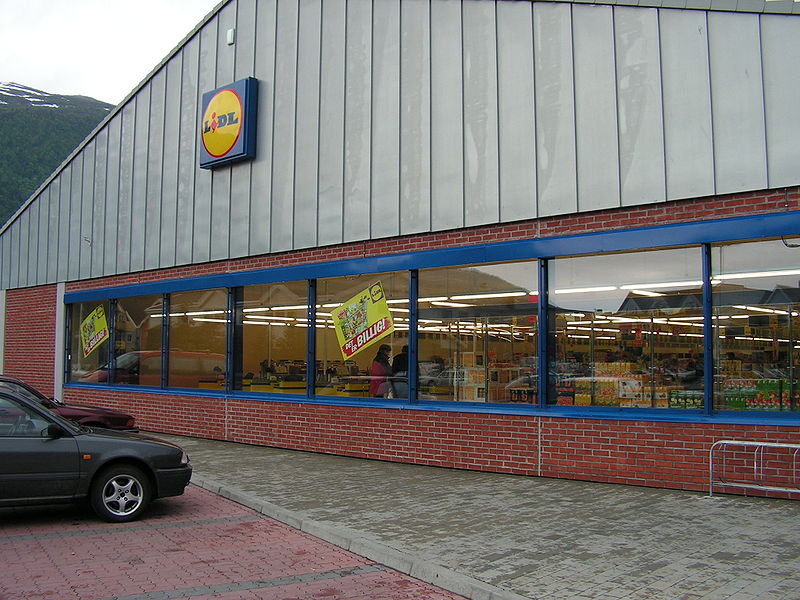
Lidl is a very popular and well-known low-cost supermarket chain in Europe. They are everywhere almost, and now they have even jumped overseas onto the northern American grocery market.
This German discount grocery chain has over 7,200 stores in over 20 countries in Europe.
Small Facts about Lidl
The company’s full name is Lidl Stiftung & Co.. KG. The chain was founded as Schwarz Lebensmittel-Sortimentsgroßhandlung in the 1930s. Lidl was the fifth-largest retailer in the world with sales of €104.3 billion back in 2018.
Back in 1973, the very first Lidl store opened in what was Western Germany in Europe. The grocery store opened one by one everywhere in the country and is today one of Germany’s biggest grocery store chains.
Then, the very first Lidl store outside of Germany opened in the United Kingdom back in 1994. Since then, Lidl in the Brexit country has now grown consistently, and today has over 800 stores there. It is seen as a discount store, but for Norwegians, that isn’t important at all.
Lidl came to Norway in 2004 and lost in 2008 to loyal Rema 1000 customers!
At the beginning of 2000, Lidl tried to enter the stubborn Norwegian grocery market. But that luck didn’t last.
They simply couldn’t win Norwegian shopping hearts at all. Lidl tried hard! They pushed themselves a lot against the Norwegian society and its really negative media about the working conditions that Lidl had at that time.
Lidl launched their first stores in 2004 but lost in 2008 after 4 years of battling with the Norwegian people, politicians, and the overall really negative media, which was so negative towards them since before they settled down in Norway.
The Norwegian working laws and the building grocery store policy are harsh for newcomers who want to be mean towards their workers.
This overall negativity is what Lidl had before and during the years that they were active in Norway.
The opening of Lidl didn’t go as expected for the grocery giant
On the 23rd of September 2004, Lidl opened stores in lots of places in Norway. From that moment, you could find them in Askim, Florø, Kristiansand, Larvik, Lier, Nordfjordeid, Os, Sarpsborg, Stord, and Ålesund.
But even though they opened in Norway, Lidl didn’t have access to the Oslo market at all. The reason for this is Oslo’s strict building policy. So, because of this, in January 2007, there were more than 50 Lidl stores in Norway. After months of fighting with the Oslo politicians, Lidl gave up. They weren’t allowed to open their own typical Lidl storehouses in Oslo.
So finally they gave in and so they opened four branches on Grønland, Kaldbakken, Grünerløkka in Oslo center, and the one at Stavanger Stadion. These stores were built where other stores had been before.
Norwegians were sceptical of German goods
Lidl is known for selling its own brands (EMV), which only Lidl has in its stores worldwide. But this also leads to issues for Lidl. They really wanted to sell cheap milk from Germany in Norway. But the politicians in Norway never allowed Lidl to do this.
Politicians in Norway are very protective of the Norwegian farmers, and they still fight this battle even today. Lidl does this because these goods are cheaper than the more well-known brands. Lidl, however, makes quite okay grocery goods in my view, which they can sell for a lower price, but still, according to the chain itself. Norwegians didn’t like it and went to Rema 1000 instead.
Most Norwegians are skeptical of cheap and new things sold in Norway (going to Sweden is something else…) unless you are from areas with lots of immigrants in Oslo.
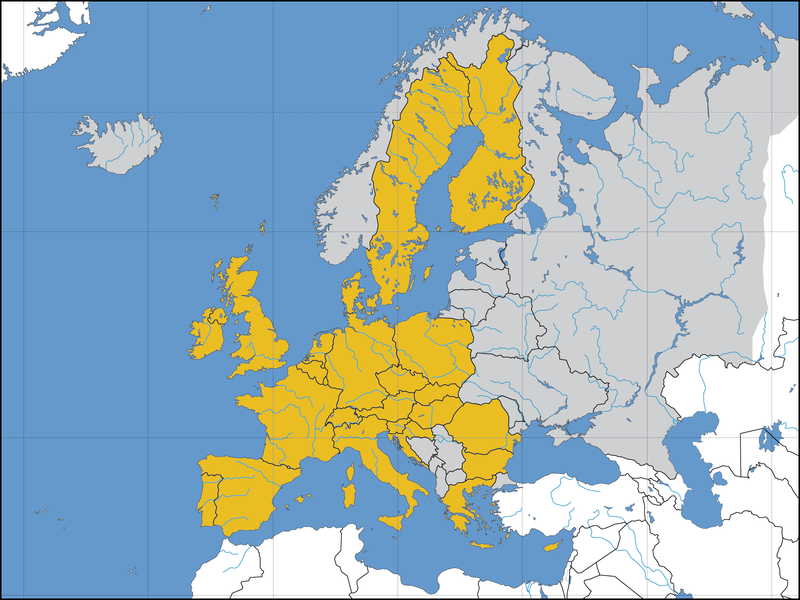
Lidl lost. But why?
Lidl lost in Norway because of the reason that most Norwegians are scared of
- Products being Too Cheap
- Too strange food
- German and not Norwegian food, etc.
- Many labels in a foreign language
- packages not very tempting design
People in Norway tend to think that they have so much money that they would rather go to expensive stores that they trust. Now, this mentality is what most Norwegians have. And the result is that Lidl is no more here.
People here are so protected by oil and social benefits. People in Norway simply ignored Lidl and chose Rema 1000, Rimi (closed down in Norway in 2016), Kiwi, and other stores in Norway.
So, Rema 1000 bought Lidl in 2008 and also took over their stores. They bought Lidl for 1.918 milliards Norwegian Kroner (Norway’s currency).
The media in Norway didn’t like Lidl at all. Even before Lidl entered the Norwegian market
The media in Norway, like Aftenposten, VG, and Dagbladet newspapers, were all negative towards Lidl even before it arrived in Norway. They were amazing at hunting down Lidl and how they worked. They blamed Lidl a lot for workers being watched all the time by their CEO’s and the fact that workers got too little in salary.
So, now you might understand a bit more about why Lidl left Norway. This has nothing to do with the EU, as they are in Switzerland too.
IKEA struggled, but they listened to what Norwegians wanted
So, if you are an international company that wants to earn from your business in Norway. You need to investigate how Norwegians will react. IKEA in Norway did the same thing back in the days when they wanted to enter Norway.
IKEA’s store at Nesbru in Norway was IKEA’s first store outside of Sweden in 1963. But compared to other countries. IKEA in Norway tended to have a red logo, just because they knew Norwegians are nationalistic.
They finally changed in the end, and now IKEA is one of the most liked attractions by families at the weekend.
Bringing local policy doesn’t work in Norway
Lidl should have looked into Norway, and they didn’t try to change their policy in the beginning. Instead, they tried to change the Oslo rules for building new buildings in Norway’s capital.
But that took more money and energy from Lidl. So, Norway is the only country in the world (for now) where Lidl lost the battle. Lidl is no more here. They intended to make Norway cheaper while they lasted for 4 years.
Now, in 2025. Many want Lidl back in Norway. But will they ever try? …


